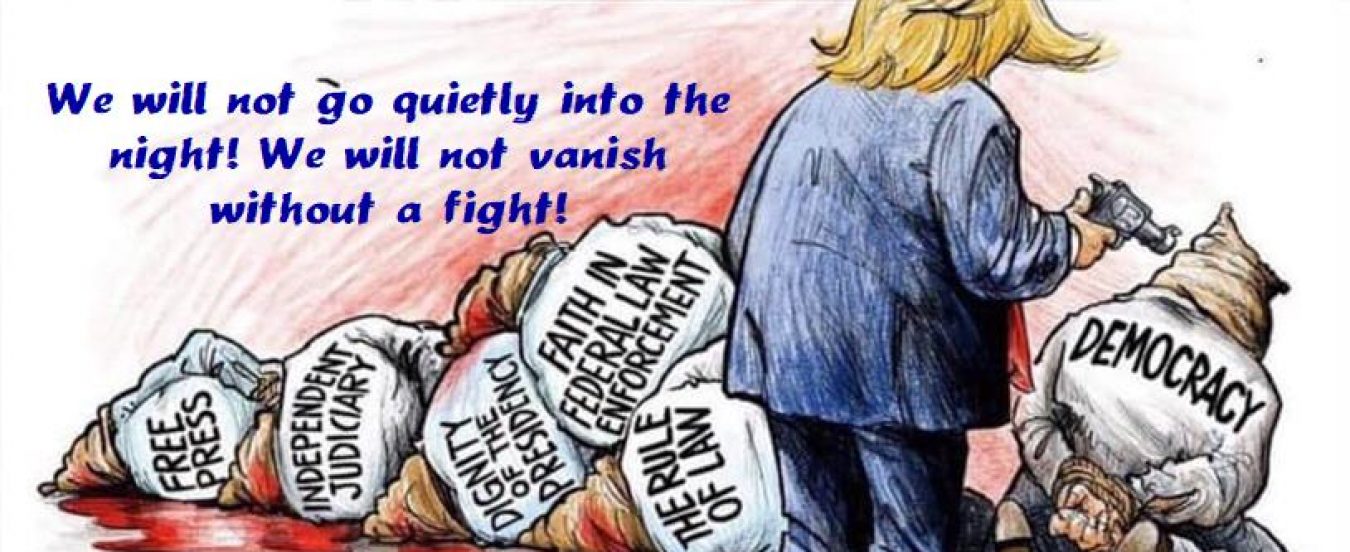By Jim Holland
In junior high civics we learned that personal rights ended at others nose.
Rights come with identifiers, it seems. Those identifiers are needed if we are going there talk about them, for our rights have categories are come to us at different times and sources.
First up come natural rights. This set applies to all persons. A subset is what you are born with—liberty.
- Liberty to do anything you like with what is properly your own, consistent with that nose thing: the liberty of everybody else.
Another subset is the the payoff for consenting to be governed. The Declaration puts it like this: “That to secure these rights, Governments are instituted among Men, deriving their just powers from the consent of the governed.”
- Liberty protecting laws securing life, liberty and property.
- Impartial adjudication of disputes
- Equal enforcement of liberty protecting.
So there are rights we come by naturally and there are liberty protecting laws to secure those. Together they are the Social Contract.
A set of natural rights imply not-natural rights. That would be the goods that one is entitled to as a citizen. At the heart of this is non-discriminatory access to public institutions. This access thing applies to both government and non-government actors such as common carriers and restaurants, we now know. The government is empowered to enforce access.
These not-natural rights aren’t in the Social Contract for there is no obligation to provide public schools or sidewalks. Only if some exist does a fundamentalmright prevent denying access to any citizen.
Together the two sets of right are the fundamental rights of people, their civil rights. Rights that elected officers and judges are sworn to protect by their oaths of office.
Nailing down the particulars these civil rights has employed a considerable number of judges and lawyers. Two rights are in the news just now. There are some rules that are used to identify civil rights.
- Is it in the Constitution? Then what was the original Public meaning. Then Is the answer derived arbitrary?—within the original spirit of the language?
- Is it in the Civil Rights Act of 1868? Those were locked in by the 14th Amendment because the that amendment says States may not violate one’s life, liberty or property without due process.
- Is it “deeply rooted in this nation’s history and traditions?” Is it an unenumerated fundamental right?
These rules and other rules are helpful, but not enough helpful, as even Supreme Court Justices cannot agree on is a fundamental liberty (civil right) in the cases they get. For the rights enumerated (rules 1 and 2) there is language for rights unenumerated there is common law case divisions and statutes.
In play today are controversies about guns and about abortion. Guns are argued at rule 1—second amendment. Both are argued at rule 3—self defense for gun possession and privacy or bodily integrity for abortion.
Those who think the original public meaning of the 2nd Amendment in 1787 to be respect for (allowing) state militias by the federal government probably thought personal gun ownership to be “deeply rooted” in their nation at that moment as the right to self defense. The 1787 meaning of arms could be the personal small arms that the minute men militia members would bring to the muster, not cannons.
If abortion is a right, it is unenumerated. Describing the right at issue at a low of generality—a fundamental right to terminate a pregnancy in the first trimester—or alternatively describing it at a high level of generality—a fundamental right to bodily integrity or to privacy changes the answer. The deep-rootedness of the latter rights is easy to establish, with abortion in some circumstances being an aspect of both a right to bodily integrity and a right to privacy. Establishing the deep-rootedness of the former is difficult.
